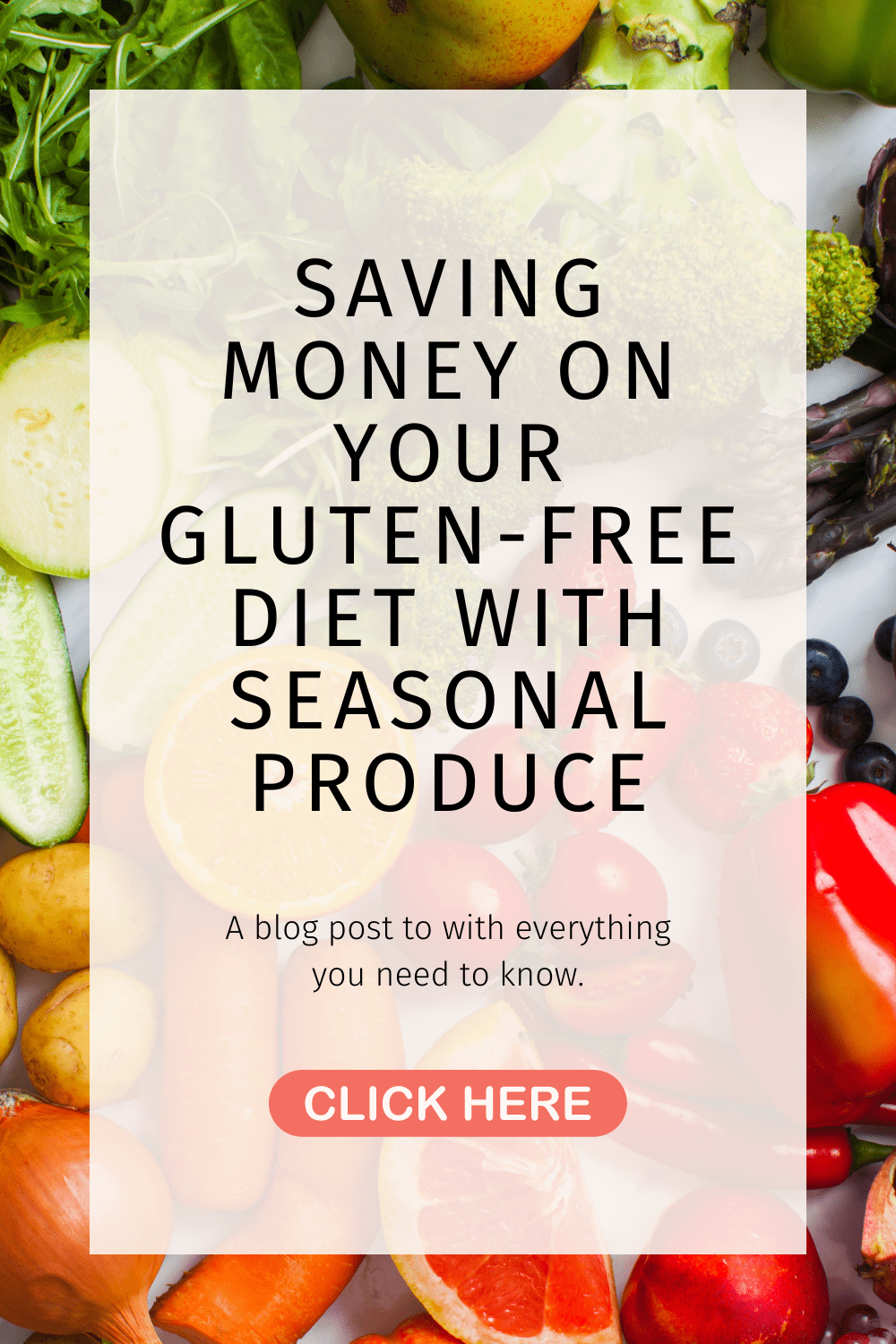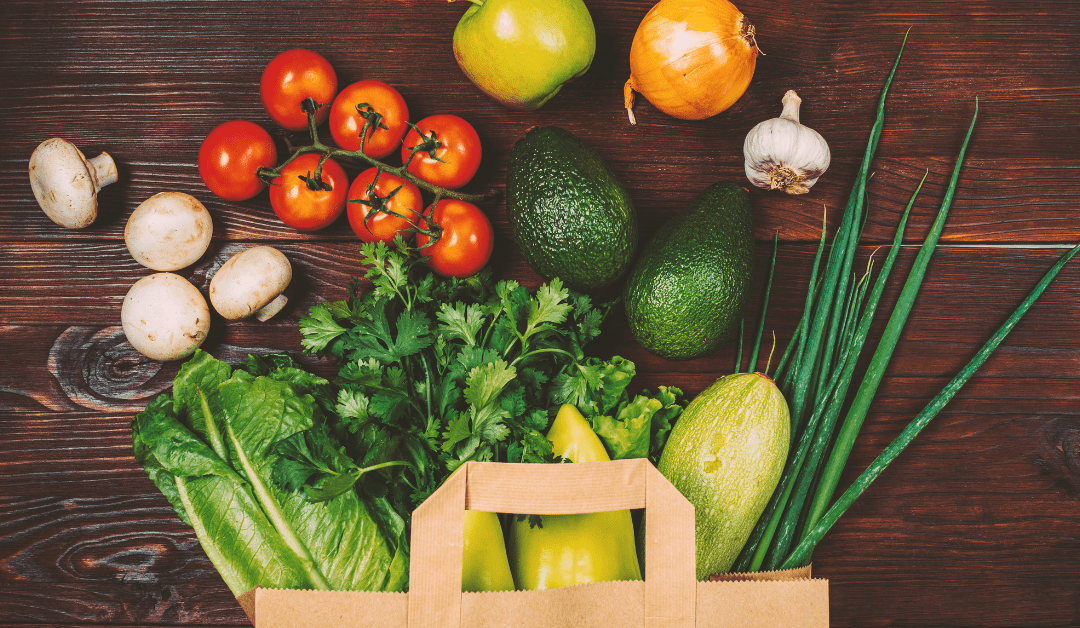Seasonal produce is something that we all talk about, but can often be overlooked as a simple way to find gluten-free food, especially in the summer, but also as we move into the fall and winter. Let’s talk about how to make the most out of seasonal produce, what to do with it, and how to keep it budget-friendly.
What is Seasonal Produce Good For?
For starters, seasonal produce is good for variety. By focusing on using seasonal produce in your weekly meal planning, you can mix things up a bit. For example, in the Summer you can do more with fruits, and in the fall more with squashes and pumpkins.
It’s also great for your budget. Here’s the thing, what is in season is going to be cheaper. By focusing on that seasonal produce, you can save a little cash on what you’re buying weekly.
Along with the budget, seasonal produce brings accessibility. What is in season is going to be much easier to find and, therefore to cook with. The produce that is in season right now will be easier to get at your local grocery store or from your local farms.
Most importantly, the fresh produce is gluten-free. It has only one ingredient and is one of the easiest ways to eat gluten-free when starting your gluten-free journey.
Each week when you plan your meals, pick one or two recipes that focus on what is in season.
How Do You Find Gluten-Free Recipes For Seasonal Produce?
Speaking of gluten-free recipes, how do you find them?
Pinterest will always be my queen when it comes to finding recipes, however, Google isn’t too far off. I don’t spend much time researching other than checking what ingredients are needed from whatever recipe I find.
Another often underutilized resource these days is asking a friend. Swapping recipes is a very easy thing to do and will help you branch out…especially if your friend knows your taste!
Of course, there is always a cookbook. You know, those books we have stacked up around the house? Sure, they may not always have the healthiest options if they are older but there are plenty of easy swaps you can make to have a healthier version of a classic recipe.
Last but not least, check-in where you buy your food. Our local CSA provides recipes each week in an email newsletter and our grocery store sometimes has recipe cards available. You never know what you might find.
Making The Most Of Seasonal Produce
Seasonal produce is only here for a short time… aka a season. To make the most of it, there are a few things you can do.
For starters, you could go picking (ie: strawberry picking) if you can find local fields around you. By getting gallon buckets filled with berries, you can bring them home to freeze or use later in the year. This not only gives you a stock of fruits but also can save you money in the long run.
You can partner with a local CSA, also known as Community Supported Agriculture. You pay a one-time fee early in the season and then will get weekly or bi-weekly pickups of local produce. It’s great to know where your produce came from, how it was grown and you’re supporting a local farm.
If you worry about getting too much, split it with a family member! We split with my mom and it’s great for us to be able to share the vegetables we love but also give each other the ones we don’t. You’ll never find me eating beats but I’ll take a bundle of Kale any day!
One of the best parts about a CSA is that you get a variety and it forces you out of your comfort zone sometimes. Never in a million years would I expect myself to google “what to cook with fennel” or “how do you cook greens” but our CSA gave us both last year. We experimented and now we know! You never know what you mind find you like out of it.
If you don’t feel like going the CSA route, you can always pick up local produce from stands on the side of the road. They will be fresh, not upsold by a grocery store, and support your local farm.
How Do You Know What’s In Season?
Typically when something is in season, you are going to see an overstock of it at the grocery store. Generally speaking, it will also be moved to the front of the grocery store due to the bigger supply of it.
On top of that, most likely the cost will be lower. For example, right now our strawberries have gone from $8 a quart to $2.99. That’s a huge difference thanks to there being a bigger supply. When something is in higher demand and lower supply, the price will go up.
There are also many Instagram accounts that share monthly produce to look for when it comes to what is in season. Keep an eye out for them or search the hashtag #seasonalproduce.
Don’t rule out using seasonal produce as part of your gluten-free diet. It is one of the safest and cost effective ways to eat gluten-free. To learn more about grocery shopping for your gluten-free diet, download my eBook Going Gluten-Free: Making You Grocery List.
ABOUT ME

Hey There, I’m Kristin, a gluten-free nutrition coach helping gluten-free families adjust to their new lifestyle.



